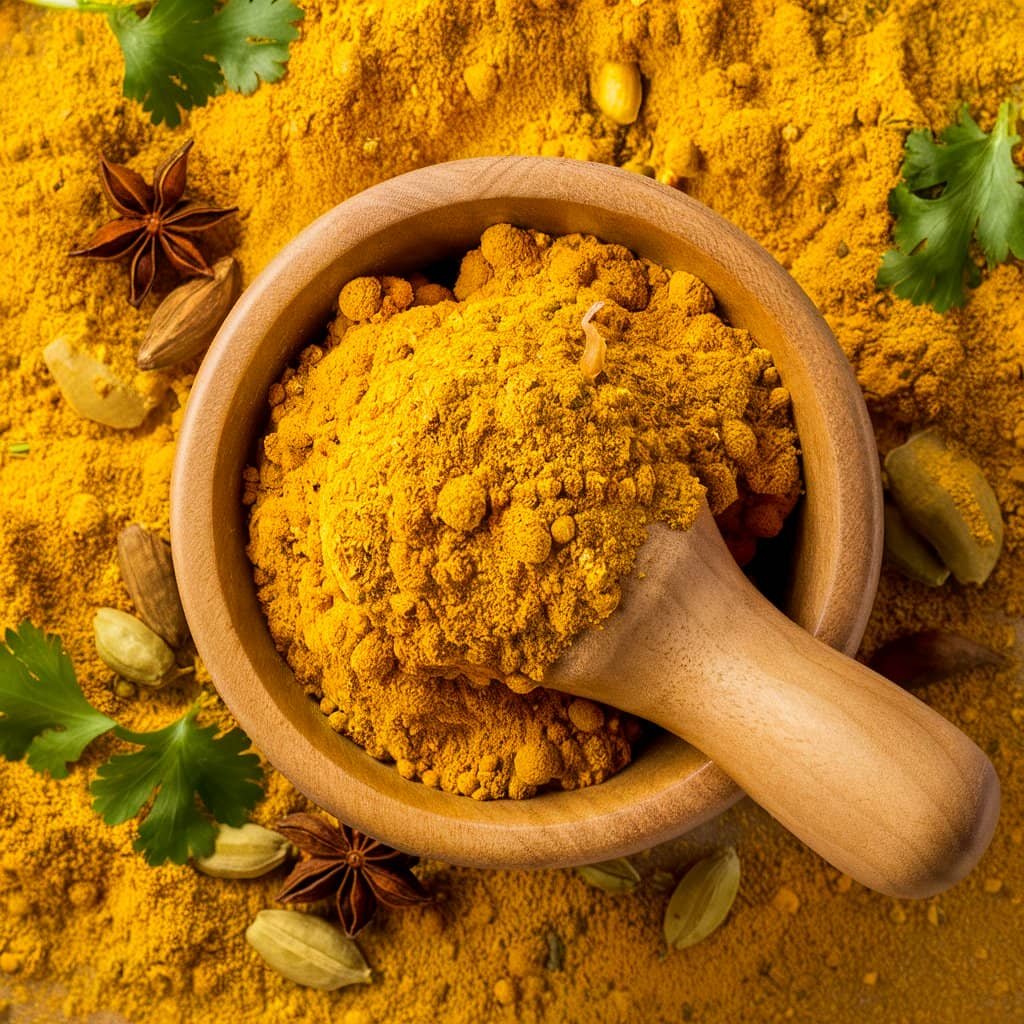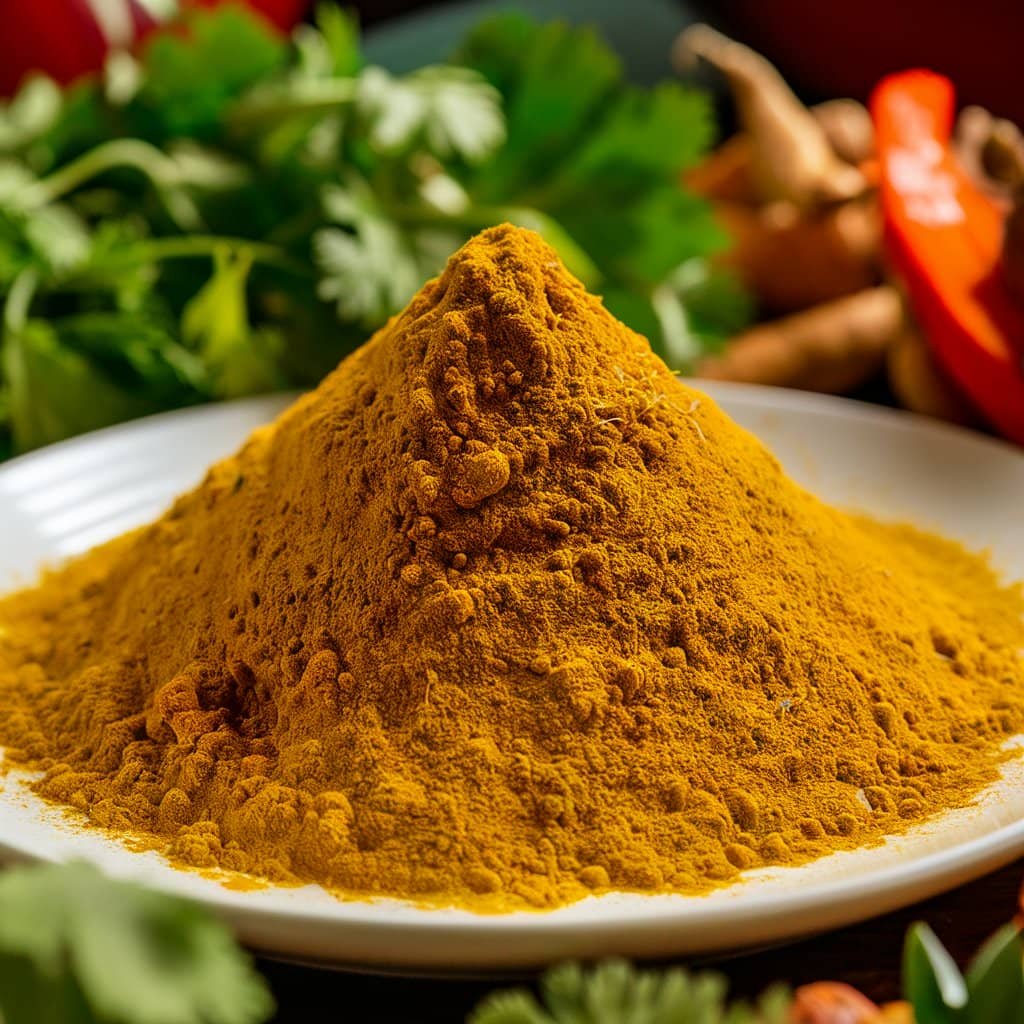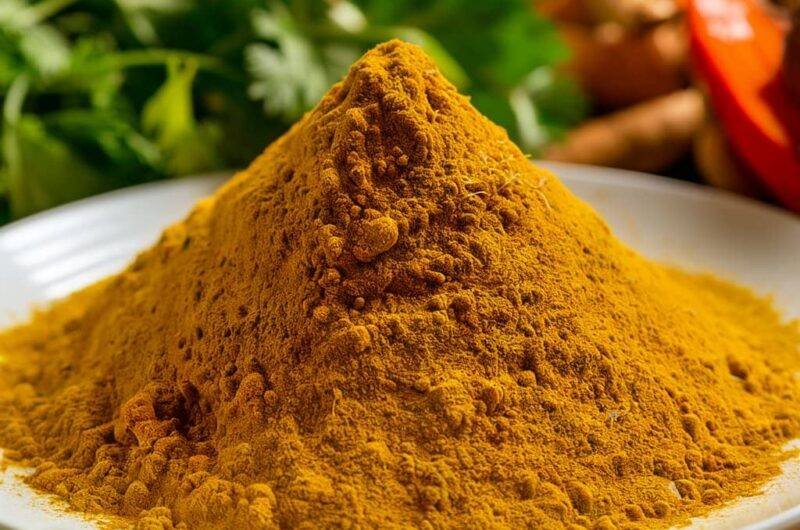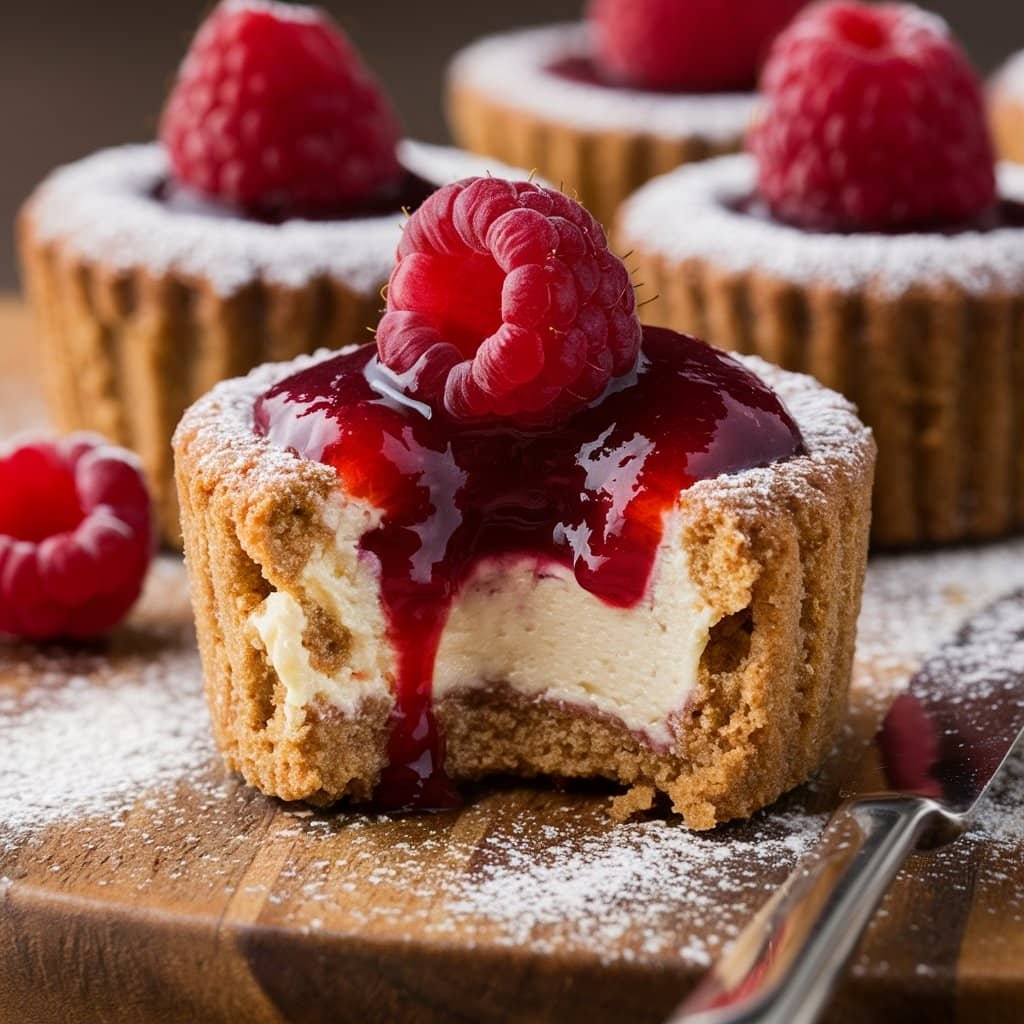Table of Contents
Introduction
Yellow curry powder is a beloved spice blend that has captured the hearts and taste buds of food enthusiasts worldwide. This versatile ingredient is a staple in many cuisines, particularly in Southeast Asian and Indian dishes. In this post, we’ll explore the origins, ingredients, and culinary applications of yellow curry powder, empowering you to create delectable meals in your own kitchen.
The Origins of Yellow Curry Powder
Yellow curry powder traces its roots back to the Indian subcontinent, where the art of blending spices has been perfected over centuries. The term “curry” itself is derived from the Tamil word “kari,” which refers to a variety of dishes prepared with a complex mix of spices. As trade routes expanded and cultural exchange flourished, the concept of curry powder spread to other regions, adapting to local ingredients and preferences.
The Essential Ingredients
While recipes may vary, yellow curry powder typically contains a combination of the following spices:
- Turmeric: This vibrant yellow spice lends its distinctive color and earthy flavor to the blend.
- Cumin: With its warm, nutty taste, cumin adds depth and complexity to the mix.
- Coriander: The subtle citrusy notes of coriander seeds complement the other spices beautifully.
- Fenugreek: Known for its slightly sweet and nutty flavor, fenugreek enhances the overall taste profile.
- Mustard Seeds: These tiny seeds contribute a pungent, slightly spicy kick to the blend.
- Ginger: The zesty, slightly sweet notes of ginger add a refreshing element to the powder.
- Black Pepper: A hint of black pepper provides a subtle heat and enhances the absorption of turmeric.
Yellow Curry Powder
Course: SpicesCuisine: IndianDifficulty: Easy1
servings5
minutes39
minutes300
kcalIngredients
2 tablespoons ground turmeric
1 tablespoon ground coriander
1 tablespoon ground cumin
2 teaspoons ground ginger
1 teaspoon ground black pepper
1 teaspoon ground cinnamon
1/2 teaspoon ground cardamom
1/2 teaspoon ground mustard
1/4 teaspoon ground cloves
1/4 teaspoon ground nutmeg
Optional: 1/4 teaspoon cayenne pepper (for added heat)
Directions
- In a small bowl, combine all the ingredients and mix well until thoroughly combined.
- If you prefer a finer texture, you can pulse the mixture in a spice grinder or food processor for a few seconds.
- Transfer the yellow curry powder to an airtight container and store it in a cool, dry place away from direct sunlight.
- Use this homemade blend to add a delightful depth of flavor to your curries, stews, soups, marinades, and more.
Culinary Applications
Yellow curry powder is incredibly versatile and can be used in a wide array of dishes. Here are some ideas to inspire your culinary adventures:
Curries and Stews
The most obvious application of yellow curry powder is in creating aromatic curries and stews. Simply sauté your choice of protein (chicken, beef, tofu, or vegetables) with onions, garlic, and ginger, then add the curry powder and coconut milk for a creamy, flavorful base. Simmer until the ingredients are tender, and serve with steamed rice or naan bread.
Marinades and Rubs
Elevate your grilled or roasted meats by incorporating yellow curry powder into your marinades or dry rubs. Mix the powder with yogurt, olive oil, and a squeeze of lime juice for a tangy, spice-infused marinade that works wonders on chicken, fish, or paneer. Alternatively, combine the curry powder with other spices like paprika, garlic powder, and brown sugar for a dry rub that will transform your beef chops or beef skewers.
Soups and Broths
Add a tablespoon of yellow curry powder to your favorite soup or broth recipe for an instant flavor boost. The warm, earthy notes of the spice blend pair particularly well with lentil soups, vegetable broths, and coconut-based soups. Experiment with different ratios to find the perfect balance for your taste preferences.

Stir-Fries and Sautés
Sprinkle a teaspoon of yellow curry powder into your stir-fries or sautés for a quick and easy way to infuse them with exotic flavors. The spice blend complements a wide range of vegetables, from bell peppers and zucchini to green beans and eggplant. Toss in some tofu, shrimp, or chicken for a complete meal that comes together in minutes.
Salad Dressings and Dips
Whisk yellow curry powder into your favorite salad dressing or dip recipe for an unexpected twist. The spice blend adds depth and complexity to a classic vinaigrette, transforming a simple green salad into a gourmet experience. Mix it into hummus, yogurt dips, or even mayonnaise for a sandwich spread that will wake up your taste buds.
Storage and Shelf Life:
Homemade yellow curry powder should be stored in an airtight container, such as a glass jar with a tight-fitting lid, to maintain its freshness and potency. Keep the container in a cool, dry place away from direct sunlight, such as a pantry or cupboard. When stored properly, your yellow curry powder should retain its flavor and aroma for up to 6 months.
However, for the best quality and taste, it is recommended to use the spice blend within 3-4 months. As time passes, the spices may lose some of their intensity and vibrancy. By making smaller batches of yellow curry powder, you can ensure that you always have a fresh supply on hand.


Uses and Serving Suggestions:
Yellow curry powder is a versatile spice blend that can be used in a wide range of dishes. Its warm, earthy, and slightly sweet flavor profile makes it an excellent addition to curries, stews, soups, and marinades. Try using it to create a classic Indian-inspired chicken or vegetable curry, or add a teaspoon to your favorite soup recipe for an extra depth of flavor.
You can also use yellow curry powder as a seasoning for roasted vegetables, such as cauliflower or potatoes, or mix it into rice dishes for a fragrant and colorful twist. For a quick and easy meal, combine yellow curry powder with yogurt or coconut milk to create a flavorful marinade for meat or tofu. The possibilities are endless, so don’t be afraid to experiment and find new ways to incorporate this delightful spice blend into your cooking.
Variations and Customization:
One of the great things about making your own yellow curry powder is that you can customize the blend to suit your taste preferences. If you prefer a spicier curry powder, increase the amount of cayenne pepper or add a pinch of red chili flakes. For a milder flavor, reduce or omit the cayenne pepper altogether. You can also experiment with adding other spices to create your own unique variation. For example, try adding a pinch of saffron for a luxurious and aromatic touch, or include some dried curry leaves for an authentic South Indian flavor.
If you like a slightly sweeter curry powder, you can add a small amount of coconut sugar or grated fresh coconut to the blend. The key is to have fun and let your creativity guide you in creating a yellow curry powder that perfectly suits your palate.
Conclusion
Yellow curry powder is a spice blend that deserves a place in every home cook’s pantry. Its vibrant color, complex flavor profile, and versatility make it a valuable asset in creating memorable meals. By understanding its origins, ingredients, and culinary applications, you can confidently incorporate this aromatic powder into your favorite recipes, adding a touch of exotic flair to your daily cooking.
So, the next time you’re looking to spice up your culinary repertoire, reach for the yellow curry powder and let your imagination run wild. Share your creations with friends and family, and savor the warmth and depth of flavors that this incredible spice blend brings to the table.



























1 Comment